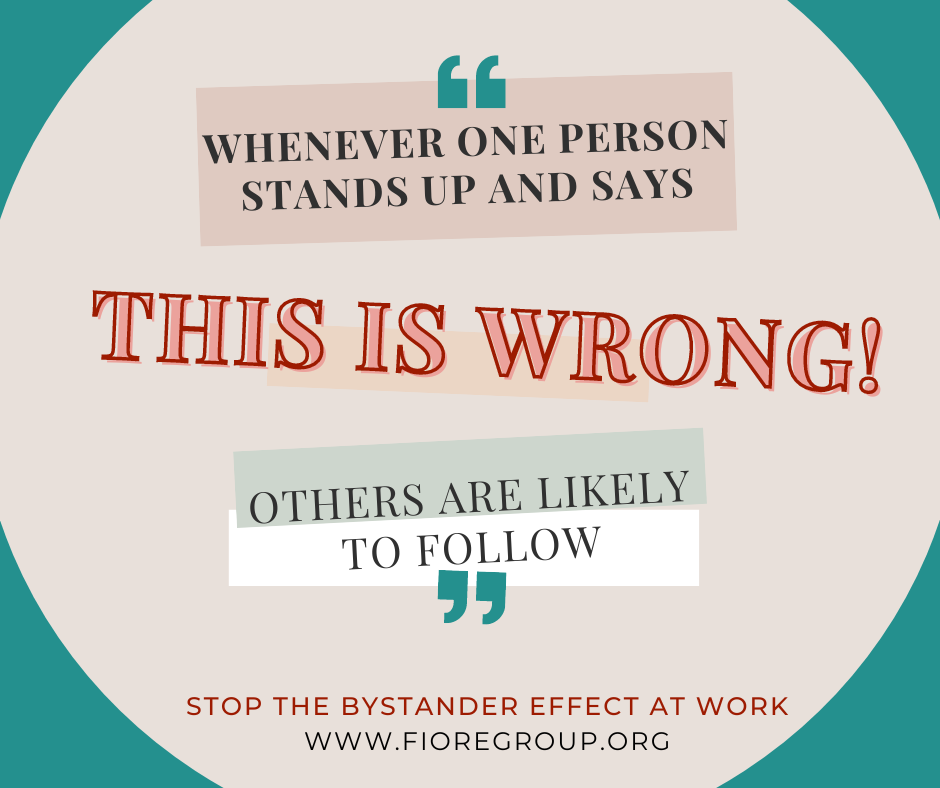What can you do to Combat the Existing Bystander Effect in Your Workplace?
Organizations must take a proactive approach to create a supportive and inclusive culture to combat the bystander effect in the workplace.
How can we take action? What can we do when the work environment is tainted with a passive approach to abusive, disrespectful, or bullying behavior?
Leaders are responsible for providing employees with training and resources to recognize and report harassment and bullying and create channels for employees to seek support, advice, and assistance.
Employers must also foster a culture of collaboration and teamwork where employees feel valued and supported by their colleagues. This involves creating opportunities for team building, mentorship, and networking and recognizing and rewarding teamwork and collaboration.
Cultural Survey Results
A prominent Vancouver, BC firm hired us to perform a workplace cultural assessment. During one exit interview, a staff member stated that one of the reasons for their departure was a growing toxicity amongst the staff and an apparent lack of assistance and support for each other. Unfortunately, this isn’t an uncommon experience and reflects today’s labor market challenges.
We asked employees to make suggestions for how the company could improve. For example, many spoke of their desire to have team-building opportunities for staff to get to know each other in a setting other than their day-to-day work environment. Developing human-to-human relationships with the people you work with eight or more hours a day, 260 days a year (standard), makes a big difference in performance.
Building better workplace relationships always has positive ripple effects. Always.
I say “always” to emphasize that fact despite the immediate appearance of the ROI. I understand that some organizations desire to see the proof on next month’s spreadsheet. It won’t work that way. Dollars do not measure relationships – but the effect, which may need some time to germinate, can be witnessed in today’s top-performing organizations.
The bystander effect can have significant consequences in the workplace. The cost of a toxic work environment, decreased productivity, low job satisfaction, and a lack of innovation is easily seen in each month’s financial statements!
Combatting the Bystander Effect
To combat this phenomenon, organizations must take a proactive approach to create a supportive and inclusive culture where employees feel valued and supported by their colleagues.
By doing so, organizations can create a more positive and productive work environment, increasing employee engagement, job satisfaction, and overall organizational success.
NEED HELP? Fiore Group Training provides many training opportunities and executive coaching to help you move from a toxic work environment to a healthy, happy workplace. Visit our website at www.fioregroup.org or call the office today for more information. (604-990-5168)







